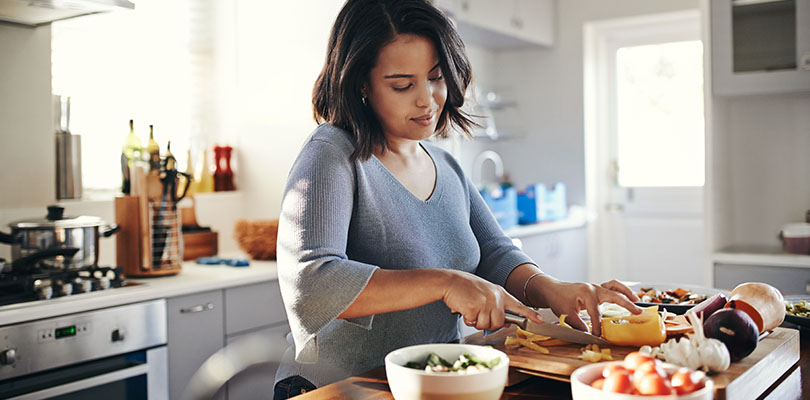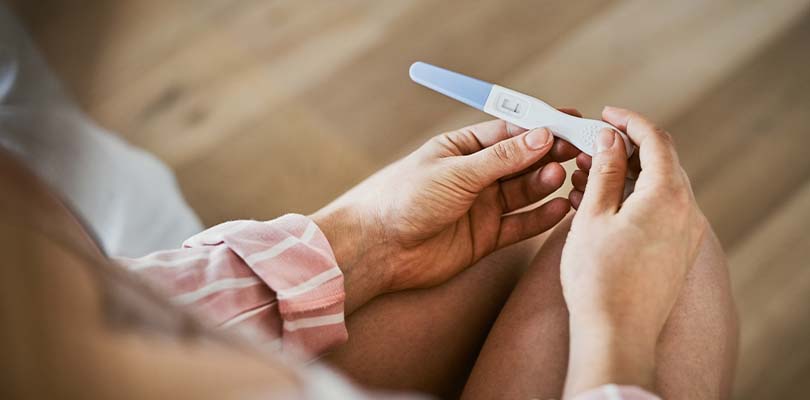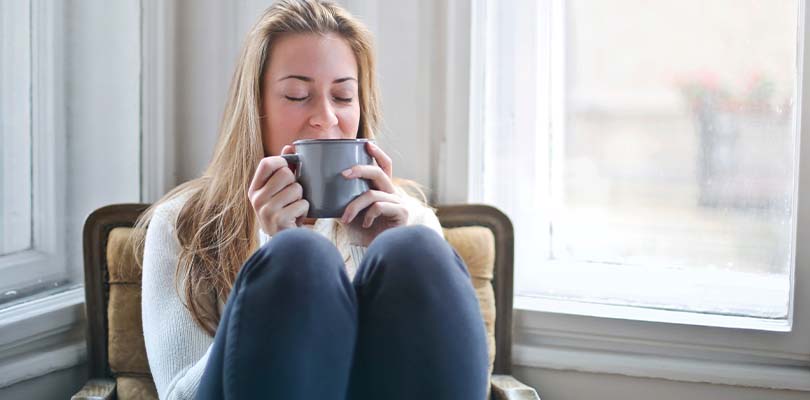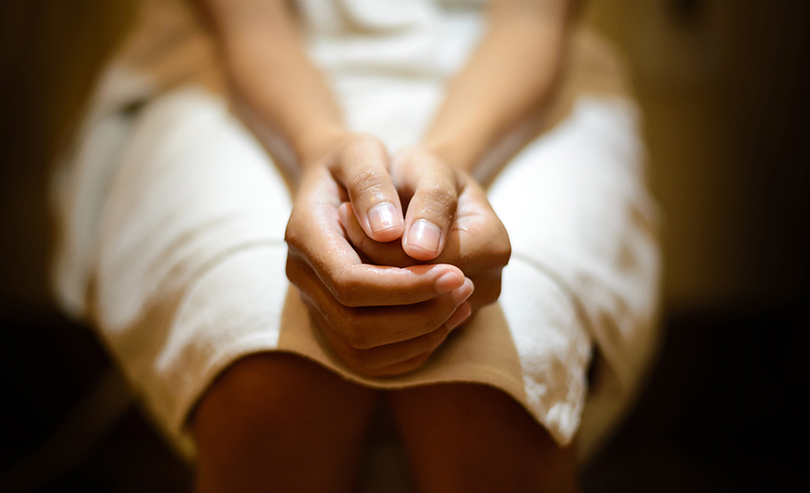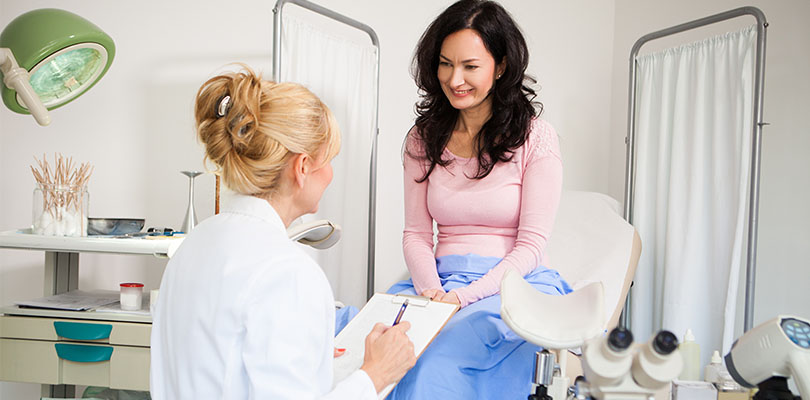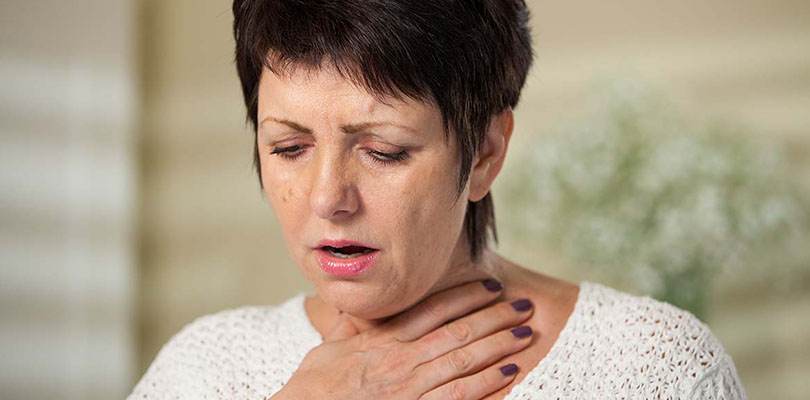How to Get Rid of a Yeast Infection
There are many misconceptions about yeast infections including how you get them, where you get them, and who can get them. Yeast infections don’t just affect women; men can get them too. Yeast infections can happen to the healthiest, cleanliest people and they don’t just occur in the body’s southern hemisphere.
What Is a Yeast Infection?
Yeast is a fungus that lives throughout the body—don't fret, everybody has it. The fungus lives on all the surfaces of our bodies. Typically, there is only a small amount of fungus present because we have good bacteria in our bodies that work to keep the amount of fungus in check.
A yeast infection happens when there are more yeast cells than normal. These infections are the result of an overgrowth of yeast anywhere in or on the body. You may have also heard of these infections referred to as candida.
Places Yeast Infections Occur
Healthy bodies have many bacteria and a small amount of yeast cells. When this balance of bacteria and yeast cells gets disrupted, yeast can grow too much and cause symptoms.
Fungus thrives in warm and moist places. Think of all the outer folds of your skin that create this ideal environment, things like your armpits, under large breasts, in your belly button, the list goes on.
Then there are your insides: your mouth and throat (including under dentures), in the ears, anal area, nasal cavity (around the nose too), digestive tract, there are many places for fungi to multiply.
Causes of Yeast Infections
Unfortunately, a yeast infection can come from many sources, including your DNA. Genetic mutations can actually make you more susceptible to yeast infections. Having a poor immune system or high blood sugar doesn’t work in your favor either, both of these make you a bigger target for candida.
Sometimes, even antibiotics are the cause of the imbalance. Estrogen hormone changes may be a culprit, as pregnancy or hormone therapy can throw off the balance of your vaginal cells. You can contact a yeast infection by having intercourse with a partner who has a yeast infection. Yeast infections are common during pregnancy. Skin infections can contribute to yeast infections.
Hygiene may be part of the issue as well; things, like not wearing clean clothes, improper washing, or not changing your sanitary products, may result in a yeast infection. Certain health issues, like diabetes or HIV, can also contribute to the contraction of yeast infections.
Different Types of Yeast Infections
There are more kinds of yeast infections than you would expect, somewhere in the neighborhood of 150 different species. Here are the most common types that affect humans:
- Candida Albicans is responsible for about 50 percent of yeast infections and preys on weakened immune systems and occur in various parts of the body.
- Candida Tropicalis is the silver medalist in yeast infection popularity. This type is when there is an overgrowth of fungus in the gastrointestinal tract, however, it is not limited to this location It also causes vaginal candidiasis and nervous system disorders.
- Candida Glabrata is a species on the rise. This type of yeast infection causes oral thrush (infection of the tissues of the oral cavity) and presents as legions on the mouth.
- Candida Parapsilosis occurs in nail and tissue infections. You’ll find these in places like your nailbeds.
Symptoms of a Yeast Infection for Women and Men
For women with a vaginal yeast infection, there is a soreness or itchiness in the vagina. There may be a burning sensation during urination, or pain during intercourse. Symptoms are more likely to occur the week prior to your menstrual period and may include hormone imbalance.
An odorless vaginal discharge that is thick and clumpy is also a common symptom. Infections come back for many women, so don’t fret over the occasional yeast infection. If you are having more than four yeast infections per year, make an appointment with your doctor or gynecologist. There may be an underlying cause for the infections, such as diabetes or even AIDS.
For men, Balanitis symptoms (infection of the penis) includes inflammation of the head of the penis, moist skin on the penis, areas of thick, white substance collecting in the skin folds, areas of shiny, white skin on the penis, redness, itching, or burning feeling on the penis.
Depending on the type of yeast infection, both women and men may have symptoms which include exhaustion, joint pain, brain fog, a white coating on the tongue, bad breath, chronic sinus and allergy issues, gas, bloating, urinary tract infection, weak immune system, and a lowered sex drive.
Prevention of Yeast Infections
- Keep your skin clean by washing with mild soap and water. Rinse thoroughly and be sure to dry off properly after a shower.
- Wear cotton underwear. This material helps keep your genital area dry without trapping in warmth and moisture (which are prime growing conditions for fungus and bacteria). At bedtime, the recommendation is to sleep without underwear.
- Tight clothing can also increase body heat and moisture in parts of the body. Don’t wear clothes that are too tight in order to provide proper ventilation.
- Switch to a nutrient-rich diet that includes probiotics (they fight off all kinds of infections and have proven to be advantageous against yeast infections).
- If you or your partner have symptoms of a yeast infection, take a time out from having intercourse. Be sure to treat the problem to avoid reinfecting each other.
- Change your pads, tampons, or other sanitary products often.
- Always wipe from front to back after using the toilet to avoid introducing bacteria and yeast from your anus to your vagina.
- After swimming, change out of a wet swimsuit straightaway. The warmth and moisture of the swimsuit over a long period of time may increase your chance to get a yeast infection.
- Avoid use of products such as douches, feminine sprays, perfumes and deodorant tampons. Use of these items can change the normal balance of bacteria and fungus in your vagina.
Changing up your lifestyle and diet approach? Check out our four healthy eating tips for advice on how to make smart, healthy choices.
How to Get Rid of a Yeast Infection: Treatments for Yeast Infections
Successful treatment of a yeast infection may not be an easy fix, especially if it has prime conditions to advance to a chronic level. Yeast infections are common, which means that the human race has had the opportunity to come up with several ways to treat candida, which include medical treatments, alternative treatments, and natural treatments.
Here is a list that may help you figure out a treatment that suits you:
Medical Treatments for Yeast Infections
If you’ve had a yeast infection before, and can successfully self-diagnose the issue, there are some medicines you can purchase over-the-counter. Some medicine you may still need a prescription. Medicinal treatments include:
- Antifungal Cream: many of these pharmaceutical creams have shown to be effective and can be treated in one, three, or seven days—but note the longer time frame has the bigger success rate. There may be slight burning/irritation upon application, but you can’t argue with the results. Something to note in regard to the cream’s effect on birth control: some of these creams have the potential to weaken latex condoms or diaphragms.
- Suppositories: These are tablets that you place in your vagina and let them dissolve. Unlike creams, these treatments are shorter than a week. They are also safe to use during pregnancy (but always check with your doctor before self-diagnosing and starting any treatment).
- Antifungal Tablets: These drugs restrict the growth of fungus and enable your body’s good bacteria to do their job. The most common anti-yeast pill is fluconazole. Most male yeast infections are treated with antifungal medications that can be purchased without a prescription.
7 Alternative Treatments for Yeast Infections
- A good old-fashioned liquid cleanse
A cleanse can help flush out excess candida that is hanging out in your digestive tract. With this cleanse, you want to introduce fermented vegetables and kefir (a probiotic-rich dairy product whose Turkish name translates to “good feeling”).
For the liquid cleanse, make a vegetable broth from onions, garlic, celery, kale, sea salt and water. Let it simmer, then strain and refrigerate the liquid. Compost the vegetables.
In lieu of food, warm up the broth and sip it throughout the day, making sure you hydrate with lots of water (which will help clear the toxins from your system). You should only do the liquid portion of this cleanse for a day (two at most). Feel free to reintroduce food on the second day if it suits you.
- A Food Cleanse
This food cleanse lasts 3-5 days. You can start this cleanse with just liquid (as above) and incorporate the cleansing foods after 1-2 days, but feel free to skip the liquid-only portion if that is better for you.
This cleanse is where your diet consists of steamed vegetables, such as asparagus, cucumber, peppers, mushrooms, peas, beans, baby corn, etc. Avoid starchy vegetables like sweet potatoes, carrots, beets, and radishes because they contribute to sugar levels.
Remove grains, sugars, and alcohol from your diet during the cleanse as well. Keep enjoying as much water as you can handle to stay hydrated and clean out your system.
- Milk Thistle Supplements
Milk thistle helps cleanse the liver from prescription medication, environmental pollution, and heavy metals. Milk thistle helps create an environment in your body where yeast infections do not thrive.
- Essential Oil Solutions: Clove Oil, Oregano Oil, Tea Tree Oil and Myrrh Oil
These oils help kill several parasites and fungi (including candida). Clove oil is not intended for children under 2 or for pregnant/nursing women. Use a few drops of one of these oils mixed with coconut oil and apply topically to the affected areas. If you have a vaginal yeast infection, apply just outside of the affected area.
- Lavender Oil
Lavender oil is effective prevention of the spread of infection. This oil prevents the growth of candida and gives your bacteria the opportunity to control the level of fungi.
- Boric Acid
A suppository (prescription needed) may help treat less common strains of yeast infections, especially those resistant to other medication. This treatment is applied twice a day for two weeks but is not without its shortcomings. It does come with a warning that it can cause skin irritation, kills the yeast as well as the good bacteria, and can lead to fatality if ingested.
- Probiotic Supplements
Probiotics replenish good bacteria and help prevent yeast from overgrowing. This enables the body to naturally balance the infection.
5 Natural Treatment for Yeast Infections
Some yeast infections clear up on their own, but if they don’t, here are some gentle ways to deal with candida naturally:
- Coconut Oil
Coconut oil is really good for you as it has antimicrobial properties. Lauric acid and caprylic acid kills off harmful candida through either topical application or by ingesting the oil. For oral thrush, use one tablespoon of coconut oil and three drops of clove oil and swish the mixture around your mouth for 20 minutes.
- Yogurt
Some women eat natural yogurt (or apply it to the affected area) to relief yeast infection symptoms. Same as with probiotic supplements, the yogurt helps replenish good bacteria.
- Vitamin C and Other Antioxidants
Antioxidants bolster your immune system and reduce inflammation (along with many other good qualities). Reach for foods like blueberries, pomegranates, elderberries, pecans, and cilantro.
- Garlic
Garlic has been a natural go-to for curing yeast infections for a long time because it actually kills yeast.
Crush an uncooked, peeled clove of garlic and apply the raw garlic to the affected area. This works best if you use garlic in the early stages of the infection.
- Apple Cider Vinegar
Apple cider vinegar helps balance pH levels and is a safe alternative to some prescription medications. Add a cup of unpasteurized, raw apple cider vinegar to a warm bath and immerse yourself in it.
There are many things you can do to prevent candida, but you may still get a yeast infection. Just remember that it’s a common problem. Look at the bright side: now, you’ll be equipped with some new ways to handle any future yeast infections.

